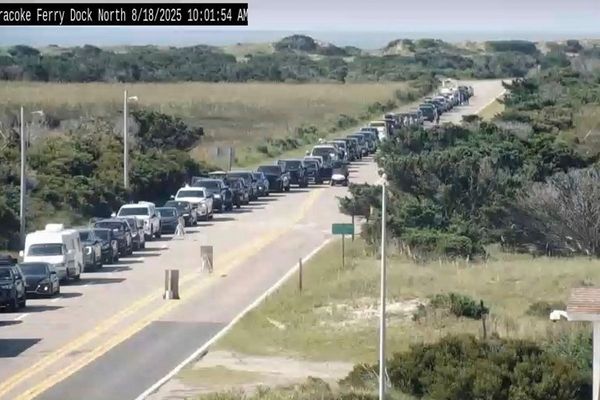CHICAGO — Given the COVID-19 pandemic and the fact that the United States and Russia are trading versions of I-dare-you over Ukraine, the announcement Thursday that the Doomsday Clock’s hands won’t move this year could be seen as a hopeful sign.
As it has since 1947, the Bulletin of the Atomic Scientists announced Thursday the position of the clock’s big hand. It remains where it has been: at 100 seconds to midnight.
“The doorstep of doom is no place to loiter,” the Bulletin wrote in explaining a decision announced virtually. By itself, that’s a telling sign of the times. Before COVID-19, the “reveal” was annually made at the National Press Club in Washington.
Holing up in the Bulletin’s offices at the University of Chicago makes poetic sense. Just across campus is the birthplace of the Atomic Age. There, in 1943, Enrico Fermi demonstrated a self-sustaining splitting of atoms, an experiment that led to the development of the A-bomb.
The site is marked by a Henry Moore sculpture depicting an atomic explosion.
Chicago artist Martyl Langsdorf designed the image of the clock 75 years ago. She was commissioned by the scientists who built the atomic bomb that ended World War II. By 1947 the Cold War was on, and they wanted to alert Americans to the danger of a nuclear confrontation with the Soviet Union.
They hoped to “frighten men into rationality,” said Eugene Rabinowitch, a biologist and the first editor of the Bulletin of the Atomic Scientists.
———







